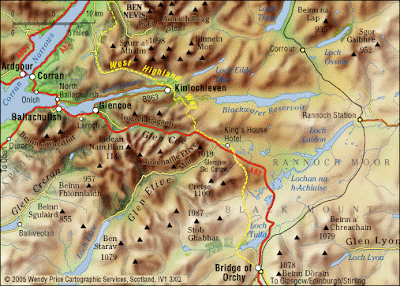
This is Mongolia, the Saiga lives in Mongolia in the Gobi Desert

This is a picture of Gobi Desert.

Look! Is it a goat? Is it a camel? No silly! It is the Saigas! The Gobi Desert isn't empty anymore!

One of Asia’s craziest-looking large mammals is also one of its most endangered. Scientists are trying to protect the saiga antelope in Mongolia’s Gobi Desert by using high-tech GPS (Global Positioning System) collars.
They have attached the collars to eight of the antelopes. “The GPS collars will provide information on movements of saigas across this dazzling but arid landscape,” says Wildlife Conservation Society scientist Kim Berger. Then a better plan can be made to protect the antelopes.
This ungulate, or hoofed mammal, is just two feet tall (0.6 meters) at the shoulder and weighs about 50 pounds (23 kilograms). Its large, funny-looking proboscis, or nose, is a mystery. Scientists think it may warm the extremely cold winter air, or filter dust during the region’s dust storms.
Ten thousand years ago, saigas roamed from as far afield as the northern Yukon and Alaska to the United Kingdom. However, today they are found only in Asia because of changes in climate, vegetation, and habitat.
Poachers, or illegal hunters, kill them for their horns, which are used in medicine. A million of these antelopes lived on the earth just 15 years ago, but only a few thousand survive today.
“We must take immediate action to protect habitat and stop poaching for saiga horns,” said Lhagva Lkhagvasuren of the Mongolian Academy of Sciences. “Otherwise we will have only empty deserts with no saiga. Future generations will never forgive us for our carelessness.”
















































